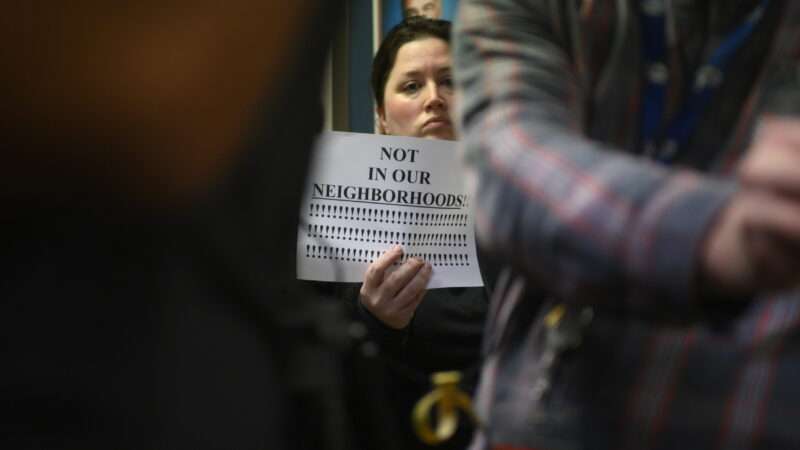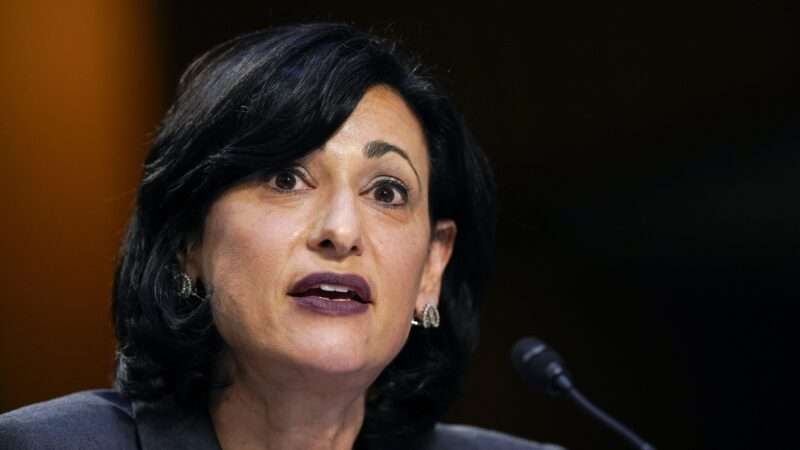
With a Democrat in the White House and a $2.2 trillion infrastructure plan on the table, excitement about high-speed rail is on the rise again. A map by graphic designer and transit advocate Alfred Twu, featuring possible routes for bullet train lines crisscrossing the U.S., has been making the rounds on Twitter. The map was the subject of a recent Vox article that was tweeted out by Transportation Secretary Pete Buttigieg.
“Gen Z is dreaming big,” he wrote. “It’s time we all did the same.”
“I want her so fucking much,” which was accompanied by a picture of Twu’s map, was how one viral tweet summed up the prevailing mood back in January of 2020.
But anyone taking the promise of high-speed rail seriously should consider California’s disastrous attempt to build a bullet train in recent years—the project is unfinished and over budget, and one of its key political backers has turned against it.
Building high-speed rail requires bulldozing neighborhoods and disrupting communities, and would be a drain on a state’s finances if completed. In 2009, President Barack Obama proposed building 8,600 miles of high-speed rail and received $10.1 billion from Congress toward that goal. The money went to upgrading Amtrak instead.
The Cato Institute’s Randal O’Toole estimates that based on the costs and setbacks of the California project, building 8,600 miles of high-speed rail would have cost “well over $1 trillion dollars.”
Buttigieg’s definition of “dreaming big” is applying 20th-century technology to 21st-century problems.
When funding for the initial part of the California High-Speed Rail line was voted on in 2008, it was supposed to link Los Angeles with San Francisco for about $33 billion and take about a decade to complete. As the years dragged on, the cost ballooned to $100 billion at one point and the project had to be scaled back significantly to a shorter section between Merced and Bakersfield in California’s Central Valley.
Even with all the setbacks, including a lack of private investment that champions of the California rail line were always banking on, local California politicians continue to push for federal dollars.
During the 2020 presidential campaign, Joe Biden promised to make sure that America had the “cleanest, safest, and fastest rail system in the world.” Buttigieg and Congress should pay more attention to California’s costly disaster than a map circulating on Twitter.
Produced by Paul Detrick
Music: “Hall of the Mountain King” by Kevin MacLeod, Creative Commons Attribution 4.0 license. https://creativecommons.org/licenses/by/4.0/
Photos: Murray/ZUMAPRESS/Newscom, Oliver Contreras / Pool via CNP / SplashNews/Newscom, Ken Cantrell/ZUMA Press/Newscom, Gary Reyes/TNS/Newscom, Photo 98224660 © Blackzheep | Dreamstime.com, Photo 136151613 © Cougarsan | Dreamstime.com
from Latest – Reason.com https://ift.tt/3sN9gKa
via IFTTT


